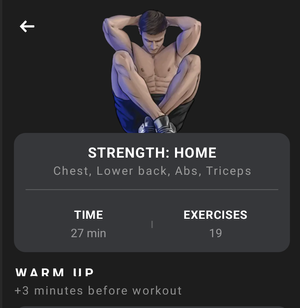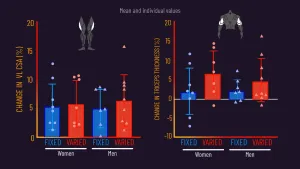
Smarter. Smoother. Faster. Be The First To Try The New Dr. Muscle
Meet Dr. Muscle X: The Future of AI Personal Training. Early Preview Now Open.

Meet Dr. Muscle X: The Future of AI Personal Training. Early Preview Now Open.

Power meets simplicity. Innovation meets iron. Right on your wrist.

No hype, no gimmick—just science-backed workouts that grow with you using AI

An honest look at MacroFactor and results from 9 users of the app: is it worth it in 2025?


Honest look with pros and cons, screenshots, price, and more

Your smart guide to RIR and training closer to failure for more muscle and better gains.

Learn the essentials of effective bulking with science-backed strategies for muscle growth, optimal nutrition, and workout tips to maximize your gains.
Full release notes (iOS version 3.2509.0126 / Android 2051090125) * Improved: Exercise videos for Goblet Squat and Bulgarian Split Squat * Fixed: Workout already completed on open * Fixed: Two upper- or lower-body workouts in a row in rare cases * Fixed: 2 g of protein in meal plan in a rare case
Experience the best Arnold Press variations to maximize shoulder growth, balance, and strength in your training routine.
Master the Arnold Press with expert tips for form, muscle targeting, and shoulder safety—your complete guide to effective shoulder strength training.
Master the Arnold Press with expert-backed tips for proper form, common mistakes, and shoulder safety—unlock balanced strength in your shoulder workouts today.

Unlock stronger, healthier shoulders with the Arnold Press—learn the top benefits, muscle engagement, and technique tips for this unique shoulder exercise.

Unlock muscle growth and maximize results with the Arnold Split Workout—a proven, high-volume bodybuilding routine inspired by Arnold Schwarzenegger.

Unlock muscle growth and boost your results with the Arnold Split Routine, a proven bodybuilding workout plan for targeted strength and size.

Compare the Arnold Split vs. Traditional Split to find the best bodybuilding workout split for muscle growth and strength—expert tips on which routine fits your fitness goals.